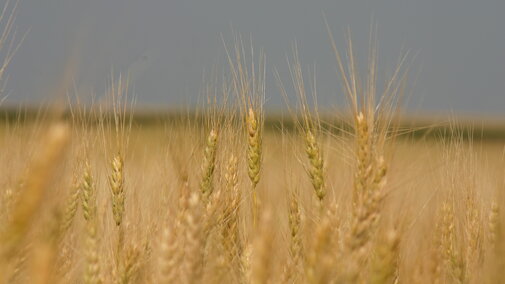Q: Last year I didn't get good seed-to-soil contact with my wheat seeder and my stands were uneven. What should I do differently?
A: For better wheat stands, often you may need to plant the seed deeper than you're accustomed to, about 2 to 2.5 inches deep. This will help ensure it’s in good soil moisture and deep enough so the seed zone doesn’t dry out. Tighten downpressure springs to get proper penetration of the openers to the desired depth. Adding weight on the drill frame can also help the downpressure springs operate more effectively.
For better seed-to-soil contact, level the drill “tail down” if possible to provide more pressure on the press wheels. On some drills, that may mean raising the hitch point on the tractor or raising the tractor drawbar. On others, it may mean rotating the rockshaft more to get the openers further down. Good seed-to-soil contact in a firm seedbed and at a good planting depth helps germination and emergence. In turn, this will lead to better and more uniform stands of wheat.
Once you get the seeder set, test it in the field and check your seed placement to ensure you're getting good seed-to-soil contact and seed-vee closure. If you're not seeing what you need, make adjustments and test again. Taking this time at the start of planting and at intervals during planting and as you switch from field to field can help achieve a successful stand to start the season.
For more recommendations on wheat planting, see related articles in the Sept. 1, 2017 CropWatch.

